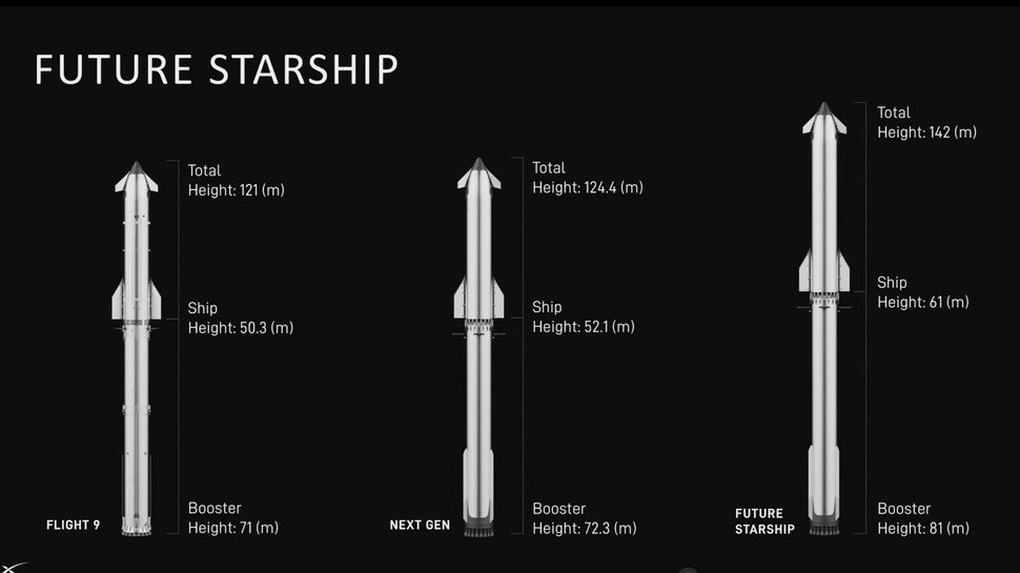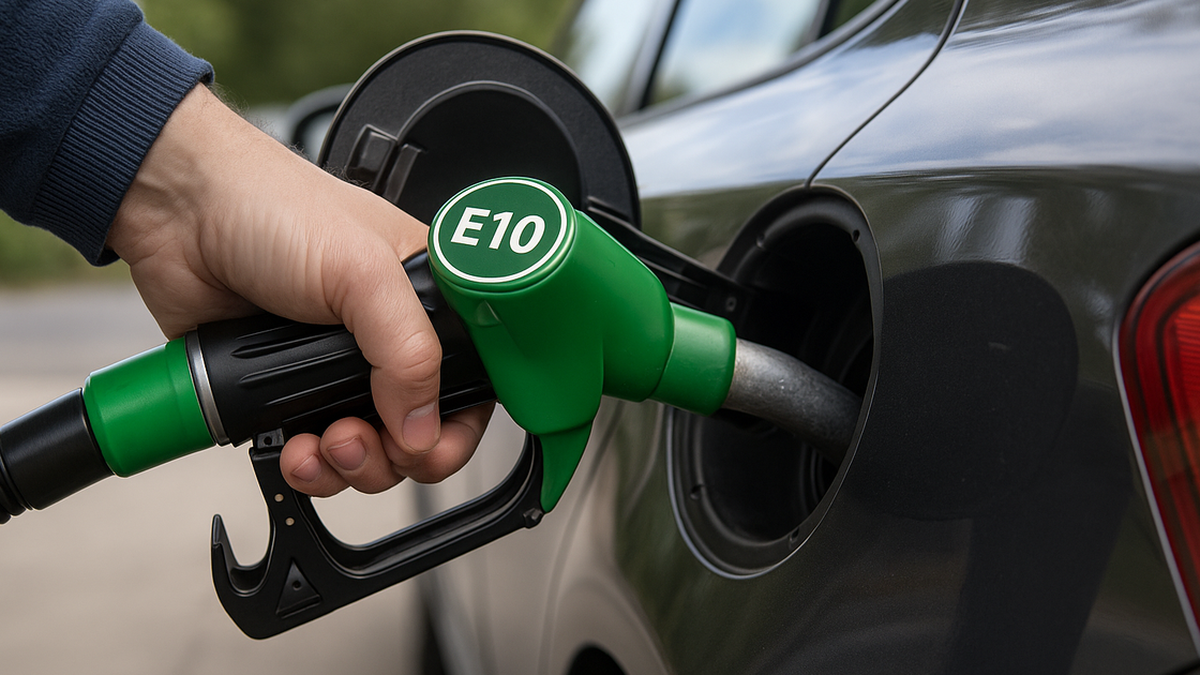Starship V3: A technological leap forward in space exploration

SpaceX is nurturing the dream of conquering Mars with the Starship spacecraft (Photo: SpaceX).
In his latest presentation at Starbase, Texas, billionaire Elon Musk confirmed that SpaceX will launch the largest version of Starship ever by the end of 2025.
This version, called Starship V3, is part of an ambitious plan to send an unmanned spacecraft to Mars by 2026.
Starship V3 will be 124.4 meters tall when fully stacked, and is designed to be quickly and reliably reusable.
The spacecraft's upper stage would be refueled in Earth orbit, a necessary capability for deep space travel, since launching with all the necessary fuel on board would leave little mass available for payloads, such as people and habitat modules.
However, the development of Starship has not been smooth. In the most recent test on May 27, the ship flew into space but suffered a fuel leak, leading to a loss of control and falling back to Earth.
Still, Musk stressed that each launch is an opportunity to improve and collect valuable data for the next steps.
Conquering Mars in 2026: A fateful milestone or an unrealistic ambition?

Starship design through stages (Photo: SpaceX).
Elon Musk revealed that SpaceX is targeting a rare November–December 2026 when Earth and Mars will be almost aligned. This phenomenon only occurs every 26 months, and is a good chance to achieve the goal.
The original plan was to launch five unmanned Starships to the Red Planet, carrying Tesla Optimus humanoid robots to test the technology, before sending humans on later missions.
However, Musk admitted that the 2026 mission's chances of success are only "50/50", due to technical challenges, especially refueling the ship off Earth.
“If it can’t be done in 2026, the next opportunity will come in 2028,” Musk said.
Towards a Self-Sustainable City on Mars

According to Elon Musk, Starship's unprecedented combination of energy and reusability is necessary to make the dream of human settlement on Mars a reality (Photo: SpaceX).
If Starship does indeed fly to Mars in 2026, SpaceX will ramp up its ambitions and operations, sending about 20 spacecraft to the Red Planet between 2028 and 2029. And there could be people on those flights.
“Assuming the first missions are successful and landings are successful, we’ll put humans on the next mission and we’ll actually start building the infrastructure for Mars,” Musk said.
“Or maybe, to be safe, we can just do two landings with Optimus and do a third with humans,” he added. “We’ll see.”
SpaceX has been looking for possible locations for a Martian city. A suitable site would be relatively far from Mars' frigid poles, have access to water ice, and be relatively flat, to facilitate safe rocket landings and takeoffs.
The leading candidate right now, according to Musk, is Arcadia Planitia, a volcanic plain in the northern hemisphere of the Red Planet.
According to one of the slides in Musk's presentation, 100 spacecraft could fly to Mars in the third launch from now (2030-2031) and about 500 in the next launch (2033).
The ultimate goal is a self-sufficient city on Mars that could survive even if somehow cut off from our civilization on Earth. Such a city would likely house more than 1 million people and require transporting millions of tons of cargo across deep space.
In Musk's view, such a city would be built and served with the support of Starship – the most powerful super spacecraft of the moment.
With SpaceX's capabilities, by the time the city on Mars is conceived, thousands of Starship flights could arrive and depart in each launch window, at a density even greater than how SpaceX has deployed the Starlink system over the past few years.
Source: https://dantri.com.vn/khoa-hoc/phong-tau-sao-hoa-that-bai-elon-musk-van-dat-cuoc-vao-nam-2026-20250601061356965.htm


































































































Comment (0)